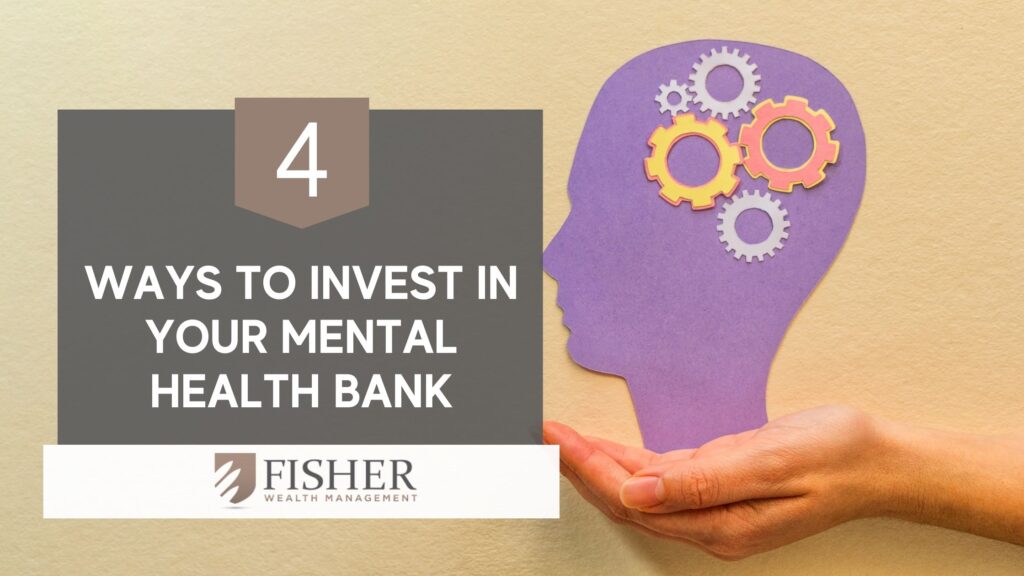
4 Ways to Invest in Your Mental Health Bank
Are you feeling exhausted? Burnt out? When you feel that you are mentally done and have little to look forward to in life, odds are your mental health bank is dangerously low. Your mental health bank functions in a similar way to your bank account. Deposits go in, and withdrawals come out. Without proper balance, you end up in the red. The good news is there are some simple ways to refill your mental health bank to help you get back even and feel like yourself again.
1. Log Your Mental Debts and Assets
Just like your bank account, inventory debits and credits to get a clear picture of how you have truly been living. Assets consist of behaviors and actions that help better your life and mental state, while debits are behaviors and actions that may negatively affect your mental health. Make sure to look at each time as a whole. That way, you may be able to decide if the behavior is an asset in the long run, such as raising children, or if it negatively affects you now and in the future.1
2. Keep Up With Your Deposits
It is always better to have more in your mental health bank. That way, you have some reserve when the debits seem to come rapidly. The ideal rule of thumb is to make deposits daily, even if they are small deposits, such as spending some quality time with a friend or writing a letter to a loved one far away. Assets may involve activities or behaviors related to pleasure, such as enjoying a much-needed vacation, or progress, such as activities that leave you with a sense of accomplishment. Even if the deposits are small, they may add up rather quickly.2
3. Focus on Mindful Management
To keep your mental health bank full, make sure you have your mental alerts turned on to notify you of any possible warning signs. Warning signs may be anything that depletes your mental health bank, especially behaviors and actions that rapidly deplete it. One example is having toxic people in your life. Another instance could be failing to get adequate sleep to ensure you are mentally prepared each day. If you notice any warning signs, it is better to take action now to correct what’s happening before it becomes too much to handle.2
4. Diversify Your Mental Bank
Diversity is essential for any kind of investment. When it comes to investing in your mental health bank, it holds true as well. Make sure you include both short-term and long-term asset deposits in your mental bank. Examples of long-term mental assets may consist of things linked to your value system, morals, or standard of living. The more diversity you put in, the better the balance is later.1
Footnotes:
14 Strategies to Invest in Your Mental Health Bank, Psychology Today, https://www.psychologytoday.com/us/blog/the-savvy-psychologist/202108/4-strategies-invest-in-your-mental-health-bank
24 Ways to Invest in Your Mental Health Bank, Do Things Better, https://www.quickanddirtytips.com/health-fitness/mental-health/4-ways-to-invest-in-your-mental-health-bank
Sources
https://www.psychologytoday.com/us/blog/the-savvy-psychologist/202108/4-strategies-invest-in-your-mental-health-bank
https://www.quickanddirtytips.com/health-fitness/mental-health/4-ways-to-invest-in-your-mental-health-bank
Important Disclosures
The opinions voiced in this material are for general information only and are not intended to provide specific advice or recommendations for any individual.
All information is believed to be from reliable sources; however LPL Financial makes no representation as to its completeness or accuracy.
This article was prepared by WriterAccess.
LPL Tracking #1-05256826